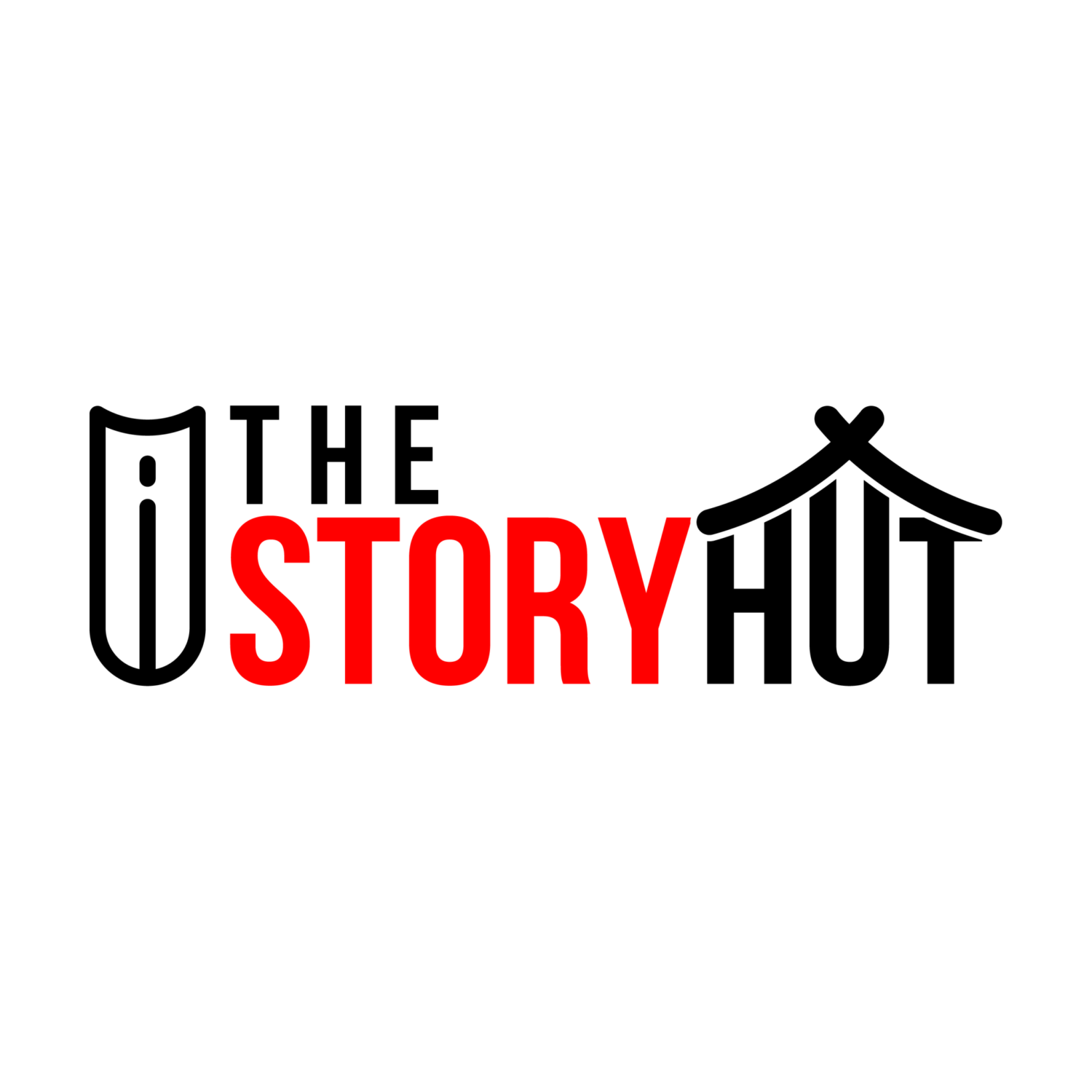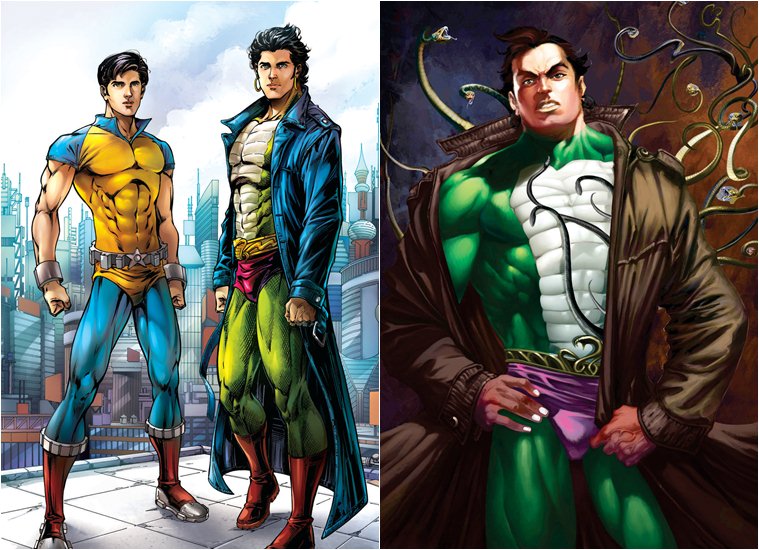
Every time someone talks about Superheroes I secretly hope that the person is aware of Nagraj and Dhruva. She or he may dislike them, but at least be aware of them. Maybe that’s just me… But wait! It’s not just me. Even at the times when “comics” is almost non-existing from general topics, there are always some people who adore them, read them along with about them, talk about them and more importantly, connect due to them.

If you’re one of the people like those mentioned above, this article is a refresher. If not, this is a sneak peek.
Like every other activity, comics reading was also something that was passed on, it could be passed on from a friend to another, from a family member to another or from a stranger who convinced another to give it a shot.
However, recently, there is a new showrunner is this scenario; the movies. Recent comics-based movies have not only affected the comics-reading community but also the writing community.
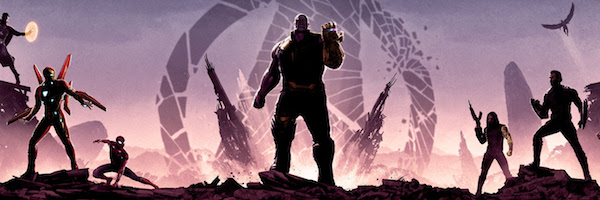
It isn’t always that the movies sync up with their source material, i.e., comics. Sometimes it’s the other way around too. An earlier example would be Superman getting flying powers due to it being introduced in 1941’s animated series, and a recent example would be Iron Man.
Though, that can’t be said for Indian comics heroes. There are no big hoardings holding their posters, no clothing store having a dedicated section to their merchandises, no group of friends discussing their recent theatre experience and theorizing what was different from source material and stories would go from there.
But what we do have, are fans eagerly waiting for these days to come.
The term “Indian comics” holds different meanings for different eras of people. For earlier generations, it meant Indrajaal comics and Amar Chitra Katha along with other publications. As per later ones, there came Manoj, Tulsi, Diamond and Raj Comics. Recently, there has been the addition of new publications as well, namely Graphic India, Yali Dream Creations, Holy Cow Entertainment, Fenil Comics and Fiction Comics among others. There are many other publications whose name I’ve missed. Please excuse me for that and fill me in as you please.
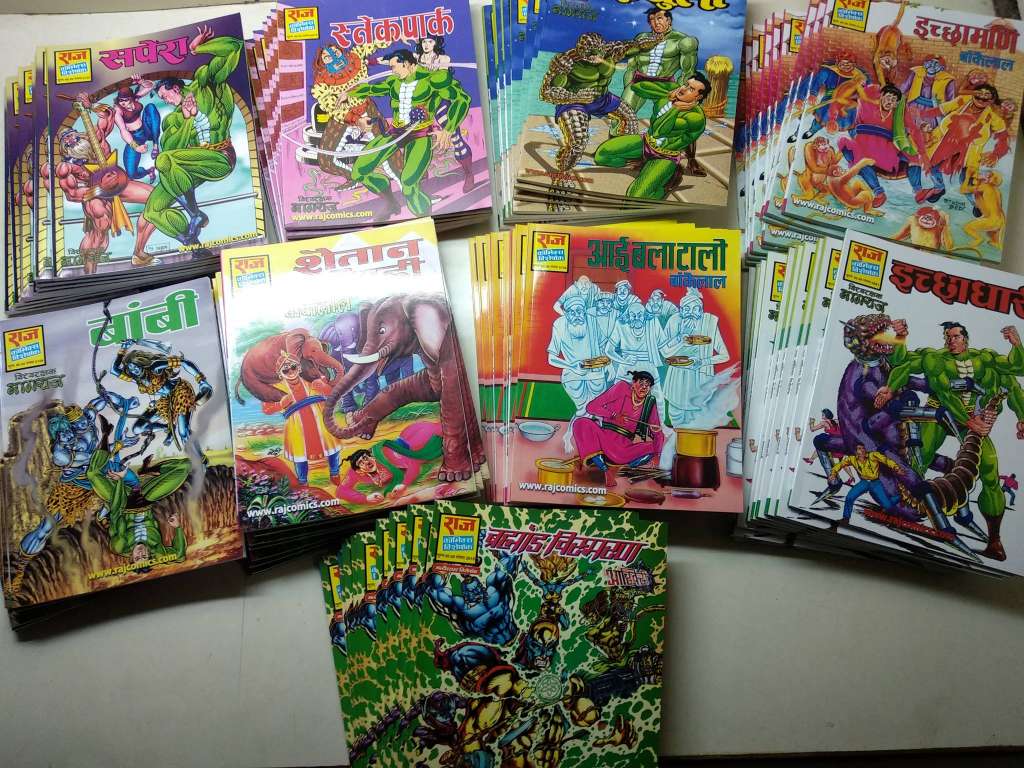
Although not all comics are superheroes oriented, they have been a strong force carrying the industry. The first Indian superhero would be Bahadur of Indrajaal comics, a son of a dacoit who decided to be a supporting force of law upon growing up. He was at the initiation of a long list of superheroes, at which later came my favourite ones, Nagraj and Super Commando Dhruva, but we’ll come to their details in some other read.
On the other side of comics types, we have General comics, which range from folk stories to everyday drama, and Thriller-Horror comics, with gems like Ek Katora Khoon and Pret Yuddh by Raj Comics and. Superheroes weren’t everyone’s cup of tea, still, aren’t, so the presence of these comics seems to fill in a gap that was going to be there sooner or later.
On the funny side, we have Hawaldar Bahadur, who is a constable who happens to stumble upon tough cases, sometimes due to persuasions and other times due to just luck, which makes it a hilarious reading experience.
We have Chacha Chaudhary, who although has a super-strong alien Saboo living with him, has most of his stories around very humane situations.
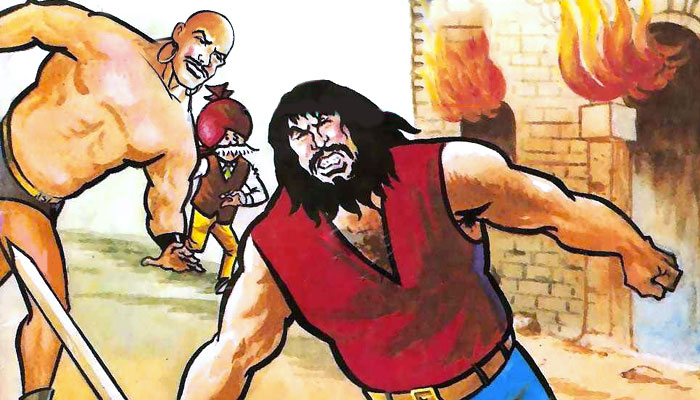
The list is long.
As it was with other countries, comics in India weren’t directly introduced as standalone books but rather as a part of children Magazines. Like Madhu Muskaan, Chocolate, Kutkut, Kilkari, just to name a few. Madhu Muskaan although being a magazine, was very close to comics.
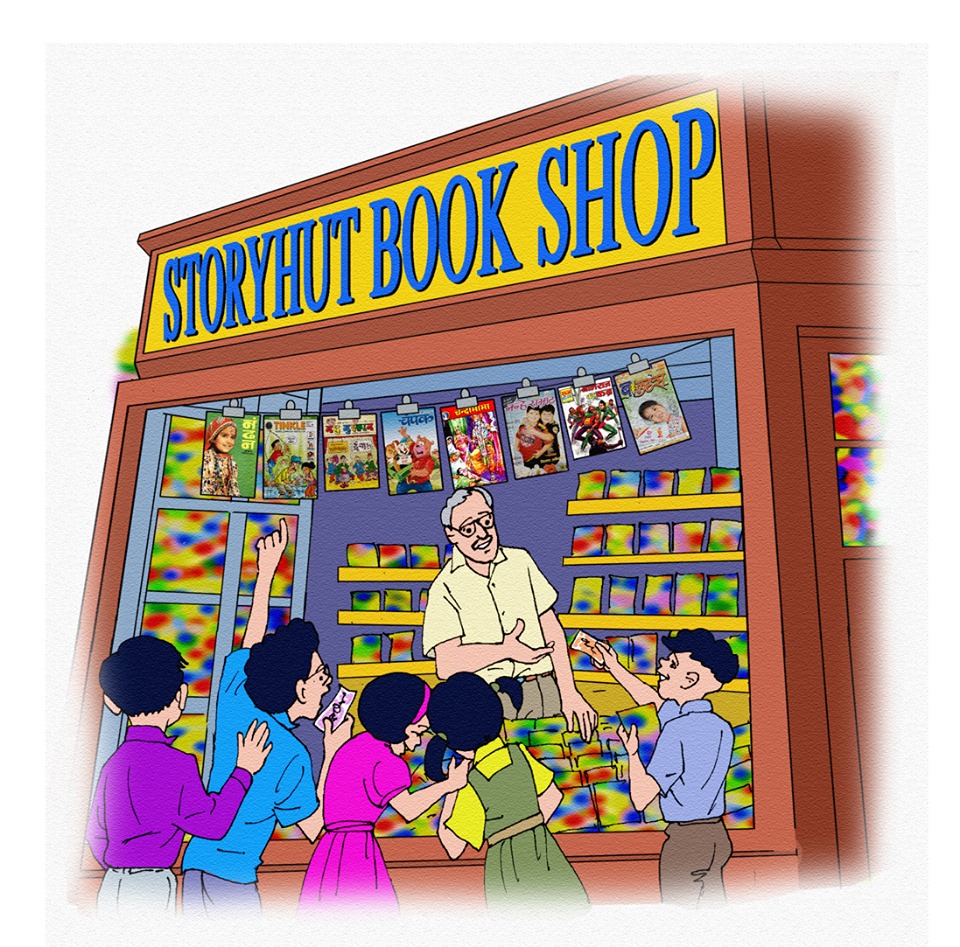
Being 90% of pages having illustrated comics stories. Many creators which rose later as well-known comics writers and illustrators were involved in these magazines, like Ansar Akhtar and Anupam Sinha.
Although comics aren’t as famous right now as they used to be, they still have a dedicated fanbase. There are numerous online groups bringing people together through their love and fascination for comics. One pattern noticed is that people who were big fans during their childhood and left to engage into other aspects of their life while getting older, come back after they have got financial stability to feed into this area. Also, a common problem faced now is that since most of their childhood comics are not available directly by publishers, either being out of stock or publishing company only being closed. So, their options are either to wait for reprints, which do come if the publishing company is still running or look into the secondary market.
The last line of the above paragraph deserves a dedicated read of its own. The comics community is a frenzy filled the place.
But there’s also a lack. There’s a lack of other markets blending into the Indian comics industry. As I said, there are no merchandises capitalizing off what could be the greatest art-and-entertainment resource this country has. There are no movies or shows being made, despite being shown that the audience is ready to welcome such concepts with open arms. There are no hoardings.
The long lists of published works are enough to juice the multimedia industry for long, and if you’ve read anything else related to Indian comics, you’d know that I’m not the only one saying that.
The “Junoon” is still alive with comics, it just needs a chance to move into other areas as well. It’s not just old works, we’re getting new ones as you’re reading this. After all, this is medium that mixes both literal and pictorial that we’re talking about, and more times than not, it does not hold back.
